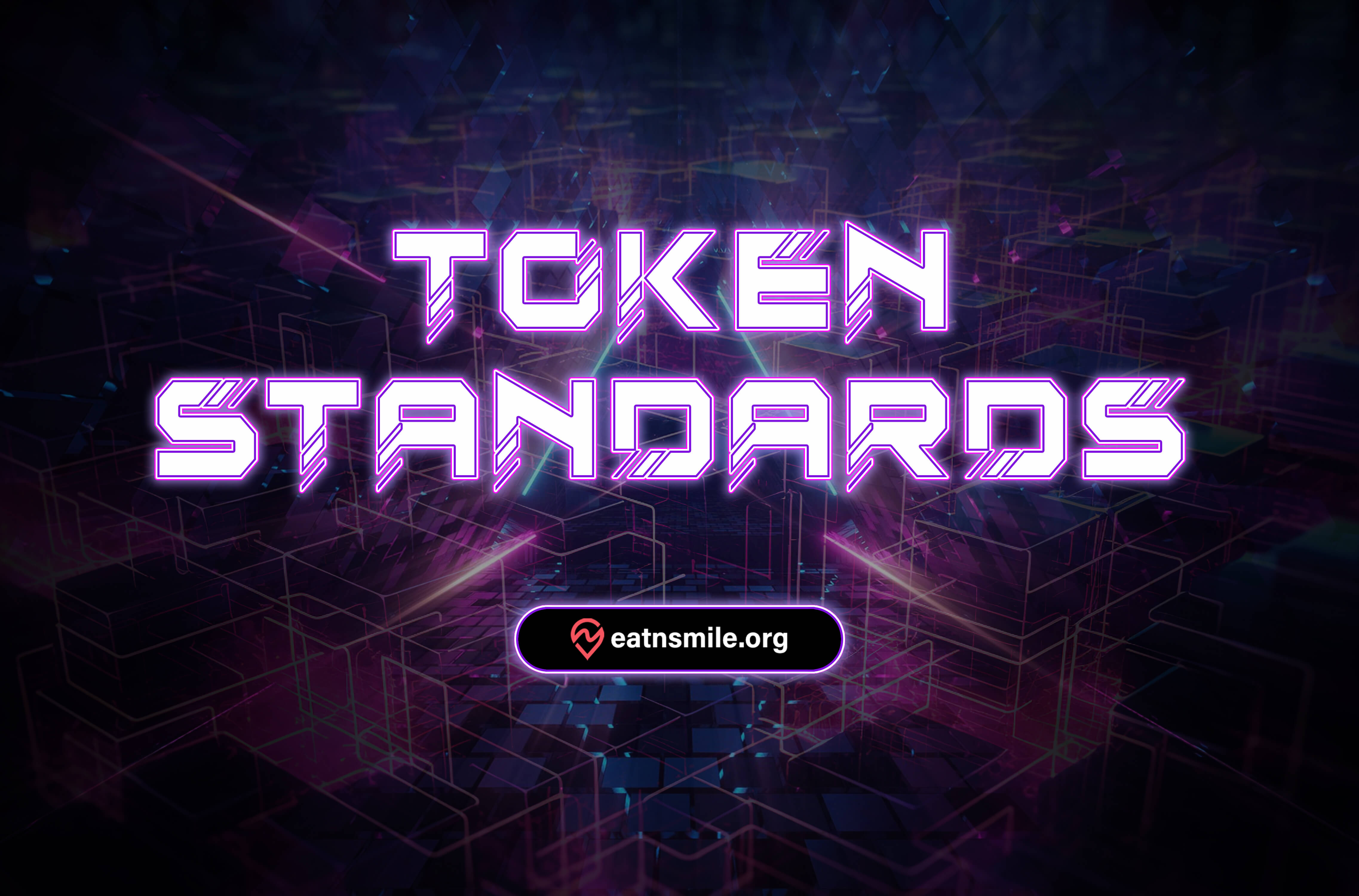
The 5 Most Popular Token Standards in Blockchain
Token standards are the building blocks of Blockchain applications. They define the rules for how tokens are created, managed, and used. In this blog, we will explore the different types of token standards, and how they are used to create and manage digital assets.
We will also discuss the importance of token standards for building and using Blockchain applications. By the end of this blog, you will have a solid understanding of what token standards are, and how they can be used to create powerful Blockchain applications.
What are Token standards and why are they needed?
What are they?
Token standards are a set of rules and conventions that govern how a crypto token works. They define the basic properties of a token, such as its name, symbol, total supply, and how it can be transferred. Token standards also specify the functions that a token can perform, such as whether it can be used to represent ownership of an asset, to vote on decisions, or to access a particular service.
Why are token standards important?
Token standards are the foundation of the blockchain ecosystem. They define the rules for how tokens are created, managed, and used.
There are many reasons why token standards are so critical, but here are a few of the most essential:
- Interoperability: Token standards allow for the interoperability of tokens across different blockchains and platforms. This means that tokens that follow the same standard can be used interchangeably, regardless of the blockchain on which they are issued. This is essential for the development of a truly decentralized and interoperable financial system.
- Compatibility: Token standards ensure that tokens are compatible with different wallets and exchanges. This makes it easier for users to store, trade, and use tokens.
- Security: Token standards can help to improve the security of tokens by defining the rules and conventions that govern how they are created, issued, and transferred. This can help to prevent fraud and other malicious activity.
- Scalability: Token standards can help to improve the scalability of blockchains by reducing the amount of data that needs to be stored on the blockchain. This is because tokens that follow the same standard can be represented by a single entry on the blockchain.
As the blockchain ecosystem continues to grow, token standards will become increasingly important for ensuring the interoperability and security of tokens. There are several new token standards in development, and it will be interesting to see how they evolve in the years to come.
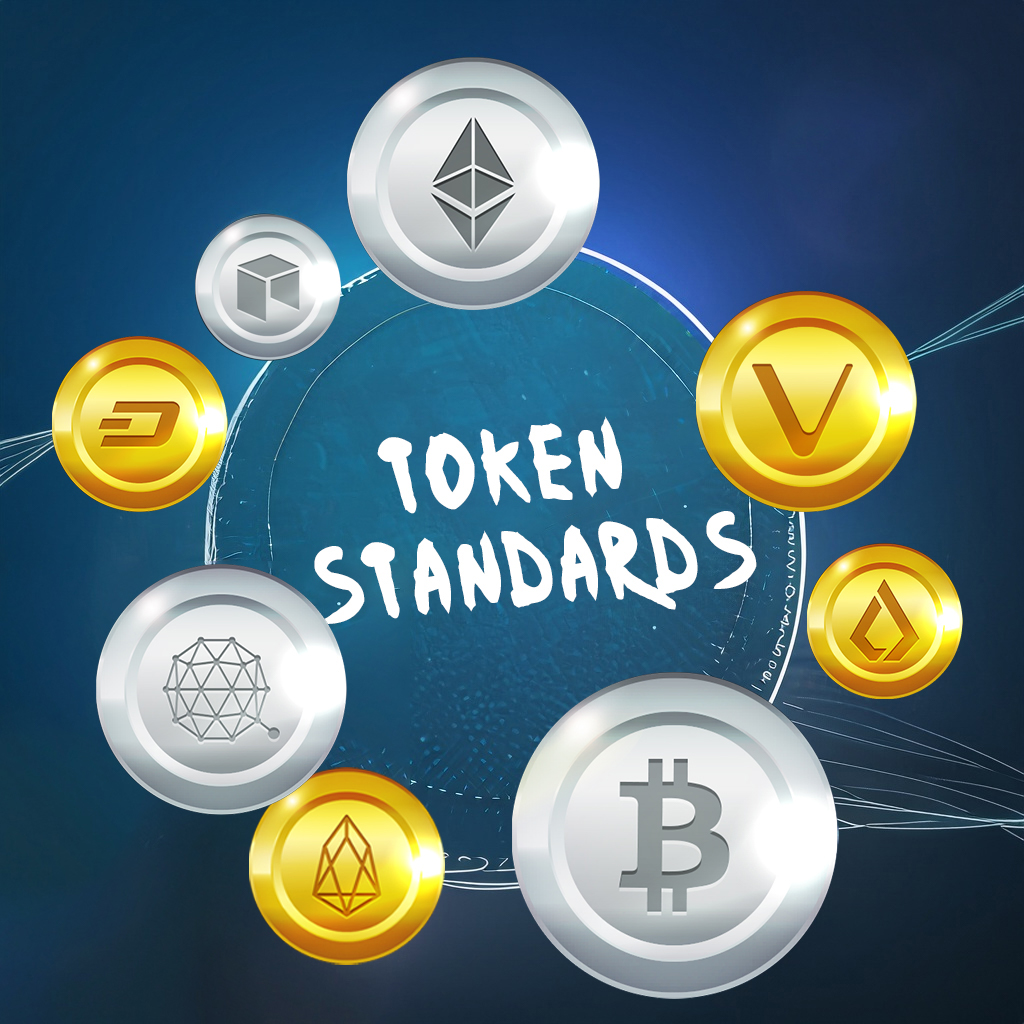
What is the ERC token standard?
ERC stands for Ethereum Request for Comments. It is a process by which the Ethereum community proposes and reviews new standards for the Ethereum blockchain. ERCs are not legally binding, but they are widely adopted by developers and are considered to be the de facto standard for tokens on the Ethereum blockchain.
The first ERC was published in 2015, and there are now over 200 ERCs in existence. According to Ethereum.org, some of the most popular ERCs include:
- ERC-20 is a standard for fungible tokens, which means that each token is identical to the next. This makes them ideal for representing things like currency, voting tokens, or staking tokens.
- ERC-721 is a standard for non-fungible tokens, which means that each token is unique. This makes them ideal for representing things like artwork, collectibles, or in-game items.
- ERC-777 is a standard that builds on ERC-20, adding features like receive hooks and better handling of decimals. This makes it more flexible and secure for developers to use.
- ERC-1155 is a newer standard that combines the features of ERC-20 and ERC-721. This makes it possible to create tokens that are both fungible and non-fungible, which can be useful for things like gaming or supply chain management.
- ERC-4626 is a standard for tokenized vaults. These are smart contracts that allow users to deposit tokens and earn interest. ERC-4626 aims to make tokenized vaults more efficient and secure.
ERCs are an important part of the Ethereum ecosystem. They allow for the development of new and innovative applications, and they help to ensure that tokens on the Ethereum blockchain are compatible with different wallets and exchanges.
An In-Depth Look at the 5 Most Popular Token Standards
ERC-20
ERC-20 is a token standard that defines a set of rules for creating and managing fungible tokens on the Ethereum blockchain. Fungible tokens are tokens that are interchangeable with each other, such as ETH, BNB, and AVAX. ERC-20 tokens are often used to represent digital assets, such as cryptocurrencies or tokens that represent ownership of a particular asset.
ERC-20 tokens can be used for a variety of purposes, including:
- Cryptocurrencies: ERC-20 tokens are often used to represent cryptocurrencies, such as Bitcoin or Ethereum. These tokens can be used to store value, make payments, and participate in decentralized applications.
- Utility tokens: ERC-20 tokens can also be used as utility tokens. These tokens give users access to certain features or services, such as voting rights or access to a particular platform.
- Security tokens: ERC-20 tokens can also be used as security tokens. These tokens represent ownership of a real-world asset, such as a share of stock or a bond.
- Stablecoins: ERC-20 tokens can also be used as stablecoins. These tokens are designed to be pegged to a fiat currency, such as the US dollar. This makes them a good option for storing value and making payments.
ERC-20 tokens are versatile tools that can be used for a variety of purposes. They are an essential part of the Ethereum ecosystem and are becoming increasingly popular as the blockchain industry continues to grow.

ERC-721
ERC-721 is a non-fungible token (NFT) standard on the Ethereum blockchain. NFTs are unique digital assets that cannot be replaced with another asset of the same type. They can represent anything from digital artwork to in-game items. This makes them different from fungible tokens, such as ERC-20 tokens, which are interchangeable.
The ERC-721 standard defines a set of rules and conventions for creating and managing NFTs. These rules include:
- Token ID: Each NFT has a unique identifier, which is used to distinguish it from other NFTs.
- Owner: Each NFT has an owner, which is the address of the Ethereum account that owns the token.
- Metadata: Each NFT can have metadata, which is a set of arbitrary data that is associated with the token. This metadata can be used to store information about the token, such as its name, description, or image.
ERC-721 tokens are created using a smart contract. The smart contract defines the rules for how the token can be created, transferred, and interacted with.
ERC-721 tokens are a powerful tool that can be used to represent a wide variety of digital assets. They are becoming increasingly popular as the blockchain industry continues to grow.
Here are some of the benefits of using ERC-721 tokens:
- Uniqueness: ERC-721 tokens are unique, which means that they cannot be replaced with another token of the same type. This makes them ideal for representing digital assets that are meant to be unique, such as artworks or in-game items.
- Interoperability: ERC-721 tokens are compatible with a wide range of wallets and exchanges. This makes them easy to store, trade, and use.
- Security: ERC-721 tokens are built on the Ethereum blockchain, which is one of the most secure blockchains in existence. This makes them a safe and reliable way to store value.
- Scalability: ERC-721 tokens are scalable, which means that they can be used to support a large number of transactions. This makes them a good option for applications that require high throughput.
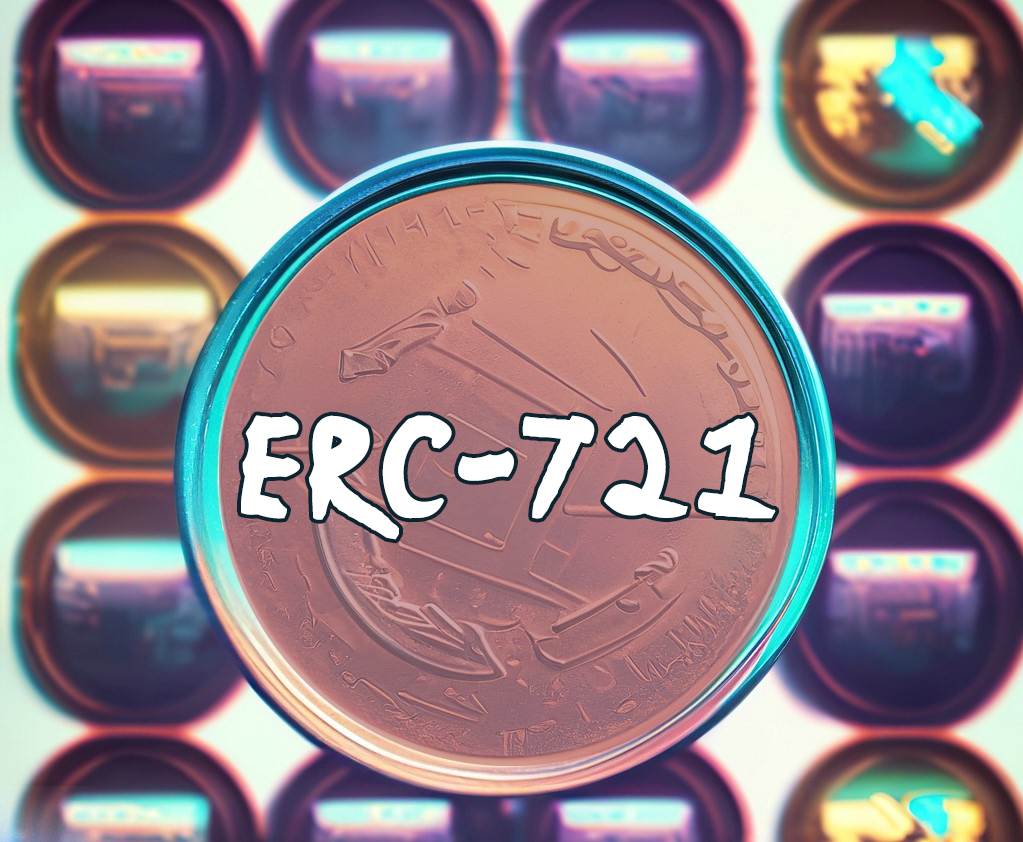
ERC-777
ERC-777 is a token standard for fungible tokens on the Ethereum network that is fully compatible with existing decentralized exchanges. It offers a number of improvements over ERC-20, including:
- Receive hooks: This allows contracts to react to receiving tokens. This can be used for a variety of purposes, such as atomic purchases, rejecting the reception of tokens, and redirecting tokens to other addresses.
- Better handling of decimals: The ERC-777 standard removes the confusion around decimals that can occur with ERC-20 tokens. This makes it easier to work with tokens that have a fractional value.
- Improved minting and burning: The ERC-777 standard provides a more robust way to mint and burn tokens. This makes it easier to manage the supply of tokens and to prevent fraud.
- Backward compatibility: ERC-777 contracts are compatible with ERC-20 wallets and exchanges. This makes it easy to migrate from ERC-20 to ERC-777.
Overall, ERC-777 is a more advanced token standard that offers a number of improvements over ERC-20. These improvements make it easier to work with tokens and to improve security.
Here are some additional details from the blog that you may find interesting:
- ERC-777 uses the ERC-820 standard, which allows for the registration of meta-data for contracts in order to enable a basic form of introspection. This enables backward compatibility as well as additional functionality expansions.
- ERC-777 introduces a new transfer function that includes a field called bytes where you can add any identification information to the transfer. This information can then be used by the recipient contract to identify the sender or to perform other actions.
- ERC-777 enables anyone to add extra functionality to tokens, such as a mixer contract, for greater transaction confidentiality or an emergency recovery feature to help you if you lose your private keys.

ERC-1155
ERC-1155 is a standard that allows the creation of fungible, non-fungible, and semi-fungible tokens all in one contract. This is a significant improvement over previous standards, which required separate contracts for each type of token.
ERC-1155 also allows for multiple NFT collections to be launched in just one smart contract. This reduces the number of transactions required, which saves gas and makes the network more efficient.
In addition, ERC-1155 supports batch transfers of tokens. This means that you can transfer multiple tokens to a single address in a single transaction. This can save time and gas, especially when transferring large numbers of tokens.
ERC-1155 is a versatile standard that can be used for a variety of applications. It is already being used in blockchain-based games, where it is used to represent both coins and collectibles. ERC-1155 is also becoming increasingly popular in the NFT space.
The ERC-1155 mapping is more complex than the ERC-721 mapping. In ERC-721, each token has a unique ID and the address of the token holder is mapped to the token ID. In ERC-1155, the address is mapped to a combination of token ID and token type. This allows for more flexibility, as it allows for the creation of semi-fungible tokens.

ERC-4626
ERC-4626 is a standard that defines a common interface for tokenized yield-bearing vaults. These vaults allow users to deposit tokens and earn rewards, and the ERC-4626 standard makes it easier for developers to build applications that interact with them.
The ERC-4626 standard includes a number of features that make it more efficient and secure than previous methods for creating yield-bearing vaults. For example, it provides a way to track the total supply of tokens in a vault, as well as the rewards that have been earned by users.
In addition, the ERC-4626 standard is designed to be backward compatible with the ERC-20 token standard. This means that tokenized vaults that conform to the ERC-4626 standard can be used with applications that were designed to interact with ERC-20 tokens.
Yield-bearing vaults are becoming increasingly popular, as they offer a way for users to earn passive income on their crypto assets. However, the development of yield-bearing vaults can be complex and time-consuming.
ERC-4626 can help to simplify the development of yield-bearing vaults by providing a common interface that developers can use. This can help to reduce the risk of errors and improve the security of yield-bearing vaults.
In addition, ERC-4626 can help to increase the liquidity of yield-bearing vaults. This is because it makes it easier for users to transfer their tokens between different vaults.
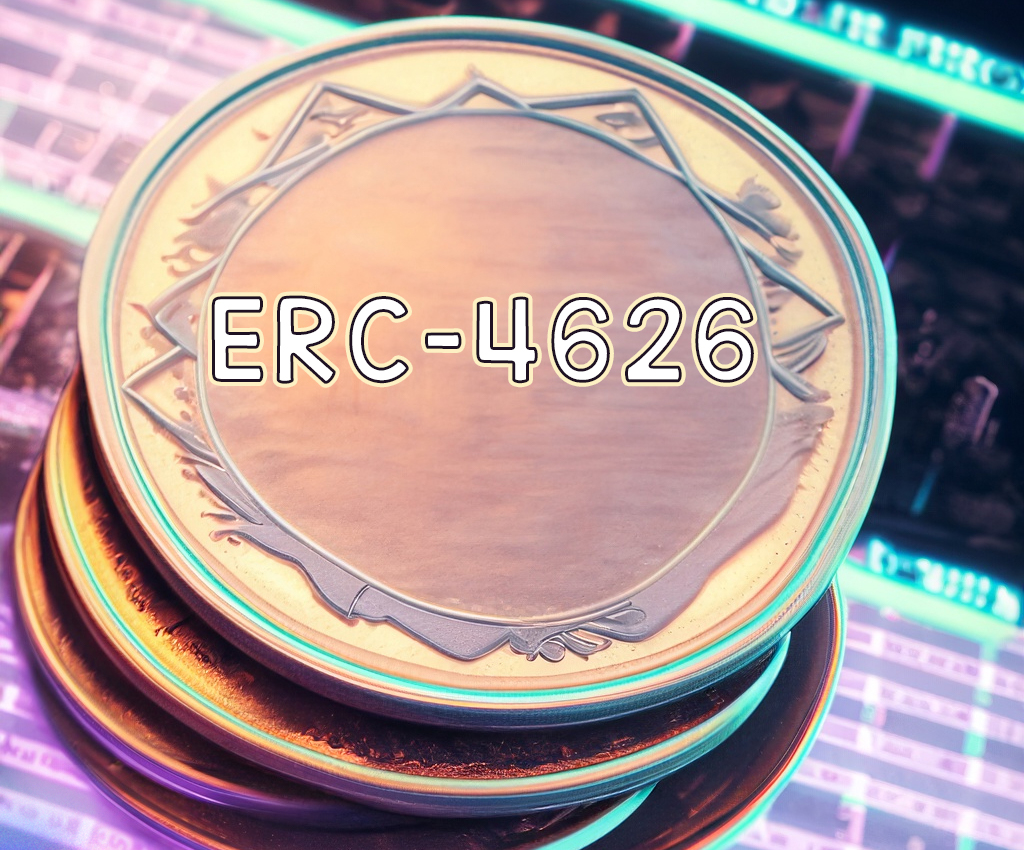
New and promising Token standards
New ERC token standard you should know
- ERC-6551: This standard gives every ERC-721 token a smart contract account. This allows ERC-721 tokens to own assets and interact with applications without requiring changes to existing ERC-721 smart contracts or infrastructure.
- ERC-721C: This standard makes royalties programmable for NFTs. This means that creators can set rules for how much they earn in royalties whenever their NFTs are sold or transferred.
- ERC-1400: This standard is designed for decentralized finance (DeFi) tokens. It provides many features that are useful for DeFi applications, such as the ability to create liquidity pools and the ability to earn interest on tokens.
- ERC-1967: This standard is designed for security tokens. It provides several features that are required for security tokens, such as the ability to create a whitelist of approved investors and the ability to lock tokens for a period of time.
Honorable mentions that are not ERC
- BRC-20: This token standard is similar to ERC-20 tokens on the Ethereum blockchain, but they are designed to be compatible with the Bitcoin blockchain.
- BEP-20: This is the token standard for Binance Smart Chain. It is similar to ERC-20, but it has a few key differences. For example, BEP-20 tokens can be used to pay for gas fees on Binance Smart Chain.
- TRC-20: This is the token standard for Tron. It is similar to ERC-20, but it has a few key differences. For example, TRC-20 tokens can be used to pay for gas fees on Tron.
- EOS: This is the token standard for EOS. It is a more complex token standard than ERC-20 or BEP-20. EOS tokens can be used to power dApps on the EOS blockchain.
- Solana: This is the token standard for Solana. It is a fast and scalable blockchain. Solana tokens can be used to pay for gas fees on Solana.
These are just a few of the many token standards that are available. The choice of which token standard to use will depend on the specific needs of the project.
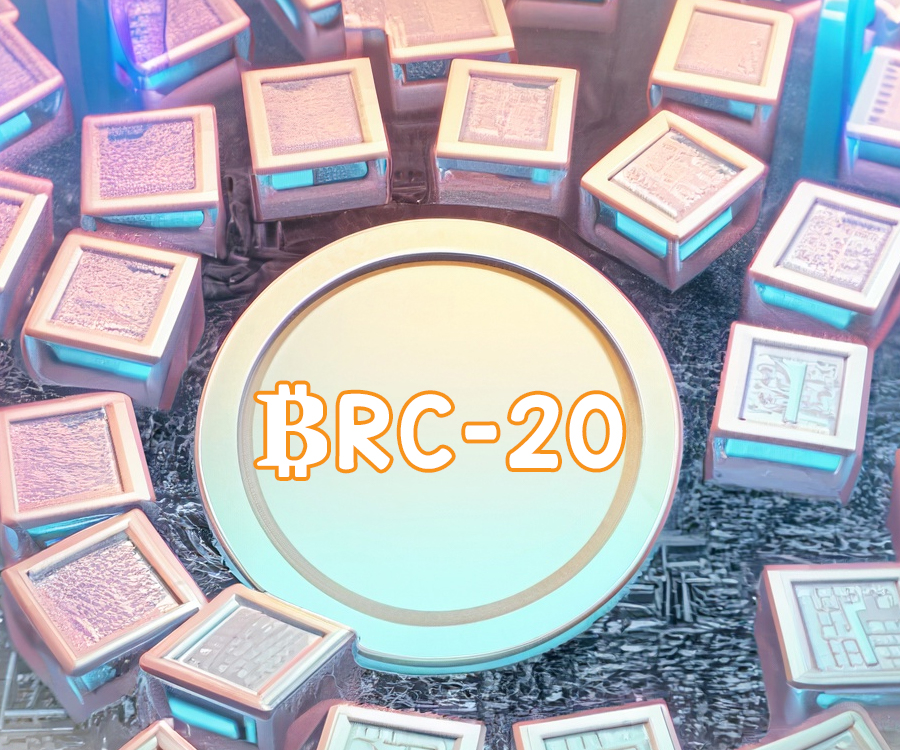
EatnSmile’s STAR Token
EatnSmile
EatnSmile is a Web3 review site that incentivizes reviewers to write honest and helpful reviews. Reviewers are rewarded with the platform’s native token- $STAR Token or their partner’s tokens, which can be used to purchase goods and services on the platform or exchanged for other cryptocurrencies.
EatnSmile aims to create a more transparent and reliable review ecosystem by rewarding reviewers for their time and effort. The platform also hopes to encourage users to leave more reviews, as they will be compensated for doing so.
EatnSmile is still fairly new, but it has great potential to be the leading platform in the review industry. By incentivizing reviewers and making it easier for users to find reliable reviews, EatnSmile can help consumers make better decisions about where to spend their money.
EatnSmile’s key features:
- Incentivized reviews: Reviewers are rewarded with the $STAR token for writing honest and helpful reviews.
- Transparent review system: All reviews are visible to the public, and users can upvote or downvote reviews to indicate their helpfulness.
- Easy to use: The platform is easy to use, and users can find reviews for businesses in their area.
EatnSmile is a promising new platform that has the potential to revolutionize the review industry. If you are interested in learning more about EatnSmile, you can visit our website or join our Discord server.
The $STAR Token
The $STAR Token is the native token of the EatnSmile. It is used to reward reviewers for writing honest and helpful reviews, and it can also be used to purchase goods and services on the platform or exchanged them for other cryptocurrencies.

The $STAR Token is built on the Avalanche blockchain and uses the ERC-20 token standard. This means that it is compatible with a wide range of wallets and exchanges.
The $STAR Token is a utility token, which means that it has a specific use case on the EatnSmile platform. It is not a security token, which means that it does not represent ownership in the EatnSmile company.
Here are some of the key features of the STAR token:
- Utility token: The $STAR Token has a specific use case on the EatnSmile platform.
- Built on Avalanche: The $STAR Token is built on the Avalanche blockchain, which is one of the most secure and reliable blockchains in the world.
- ERC-20 token standard: The $STAR Token uses the ERC-20 token standard, which is a widely supported standard.
Ending words
Token standards are the predominant part of the crypto world. In this blog, we define token standards, explore their use cases, and take a deep dive into the top 5 token standards with the most adoption.
We hope this blog provides you with the information you need. To learn more about the cryptocurrency market, you can also read our other blogs about the Big 3 consensus mechanisms, stablecoin, and opBNB.



